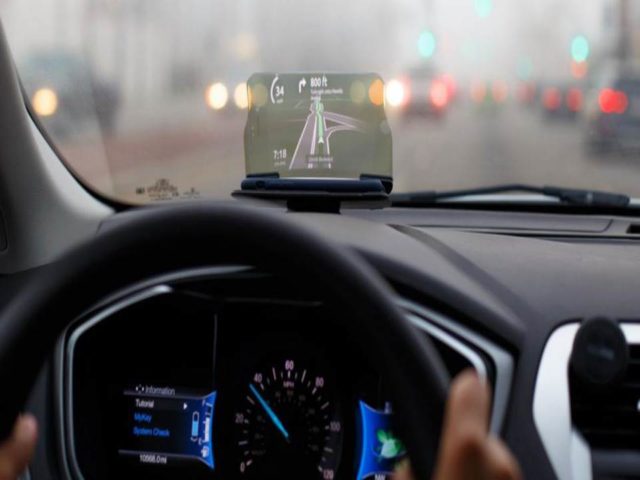Augmented Reality (AR) in Automobiles
The perspectives of Augmented Reality (AR) has been ubiquitous in Automotive and Robotics Engineering (ARE) Program.
AR in automobiles could reach mainstream relevance with most consumers before AR headsets or smart glasses. With cars, there's no cumbersome, head worn display to act as a hurdle to adoption, as content is projected onto windshields or dashboard-mounted displays. Miniaturization of computing hardware is also not as big a concern with AR in cars when compared to the challenges of embedding the same technology in a pair of smart glasses.
In many ways, the benefits of AR in cars is not unlike that seen in current applications in the enterprise arena or the use cases envisioned for consumers, streamlining relevant information, such as speed, turn-by-turn directions, or the track information of a currently-playing song, into the user's field of view. And for cars, AR also serves as a safety feature as well as a convenience, allowing drivers to keep their eyes on the road rather than instrument panels or navigation and infotainment displays.
Future advances of the technology will also place real-time content in even closer context with the driver's surroundings. For example, navigation prompts can be overlaid on the driver's view of the actual road rather than via a map depiction on the windshield (effectively blurring the lines between reality and virtual data). Using this dynamic, employing computer vision and artificial intelligence, AR can help draw a driver's attention toward hazards as well as points of interest in real time.

And when autonomous vehicles finally do make it to market in large numbers, AR will still serve as a means to show passengers what the self-driving car sees on the road, displaying relevant information on the windshield and other windows as the trip progresses.
Augmented reality HUDs are the future of car navigation systems. Rather than distracting the driver, AR navigation actually improves safety as the warnings and traffic data are placed right on the windshield. Moreover, with the rise of self-driving cars and enhanced auto control mechanisms, AR systems will enhance entertainment and communication within the car. We believe that WayRay's AR systems will bring us one step closer to advanced connected cars. (Alex Shi, CEO of Banma)
AR in Cars Today
Several models on the road today from BMW, Volvo, Chevrolet, Mazda, Lexus, Jaguar, Mercedes-Benz, MINI, and Toyota, among others, already boast AR features. The first-generation examples of AR in cars act mostly as heads up displays (HUD), presenting data from gauges, navigation prompts, and infotainment selections. In other words, it's like Google Glass for your automobile.

In addition to car-based solutions, automakers have also begun to apply augmented reality to the world of automobiles via mobile applications. Companies including BMW and Hyundai's Genesis imprint have developed AR owner's manuals. When installed on the owner's mobile device, the apps use computer vision to identify components of the interior cabin or engine, overlaying relevant information over the car's real world components to take the mystery out of owning an automobile once and for all.
This article is adopted and adapted from the following references:
https://next.reality.news/news/augmented-reality-cars-companies-tech-driving-us-into-future-0182485/

Comments :